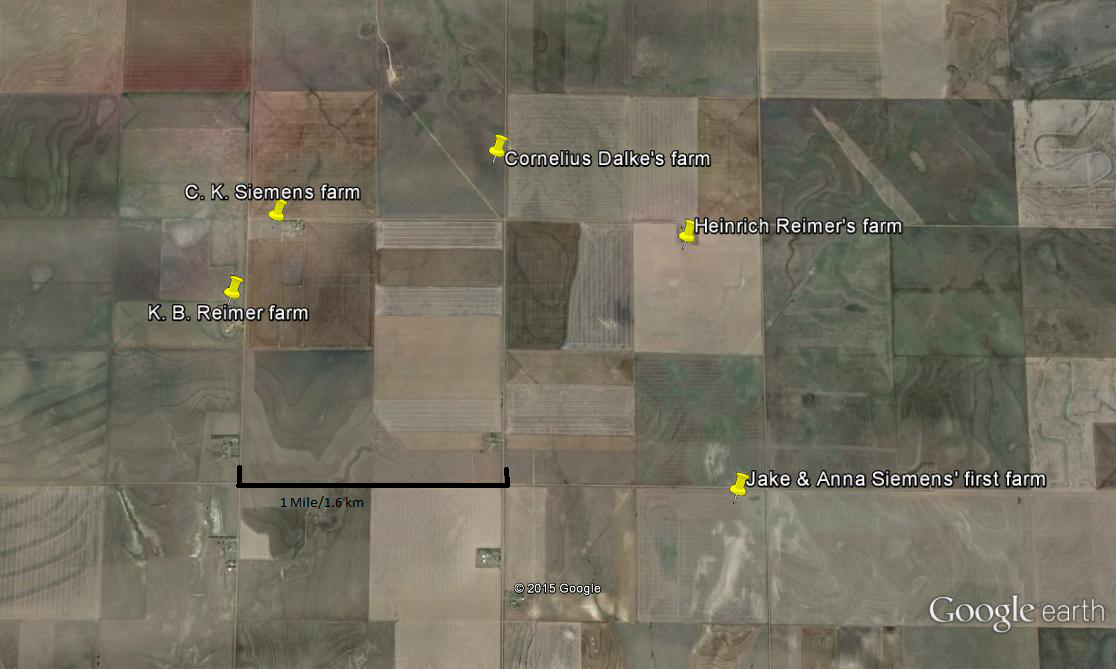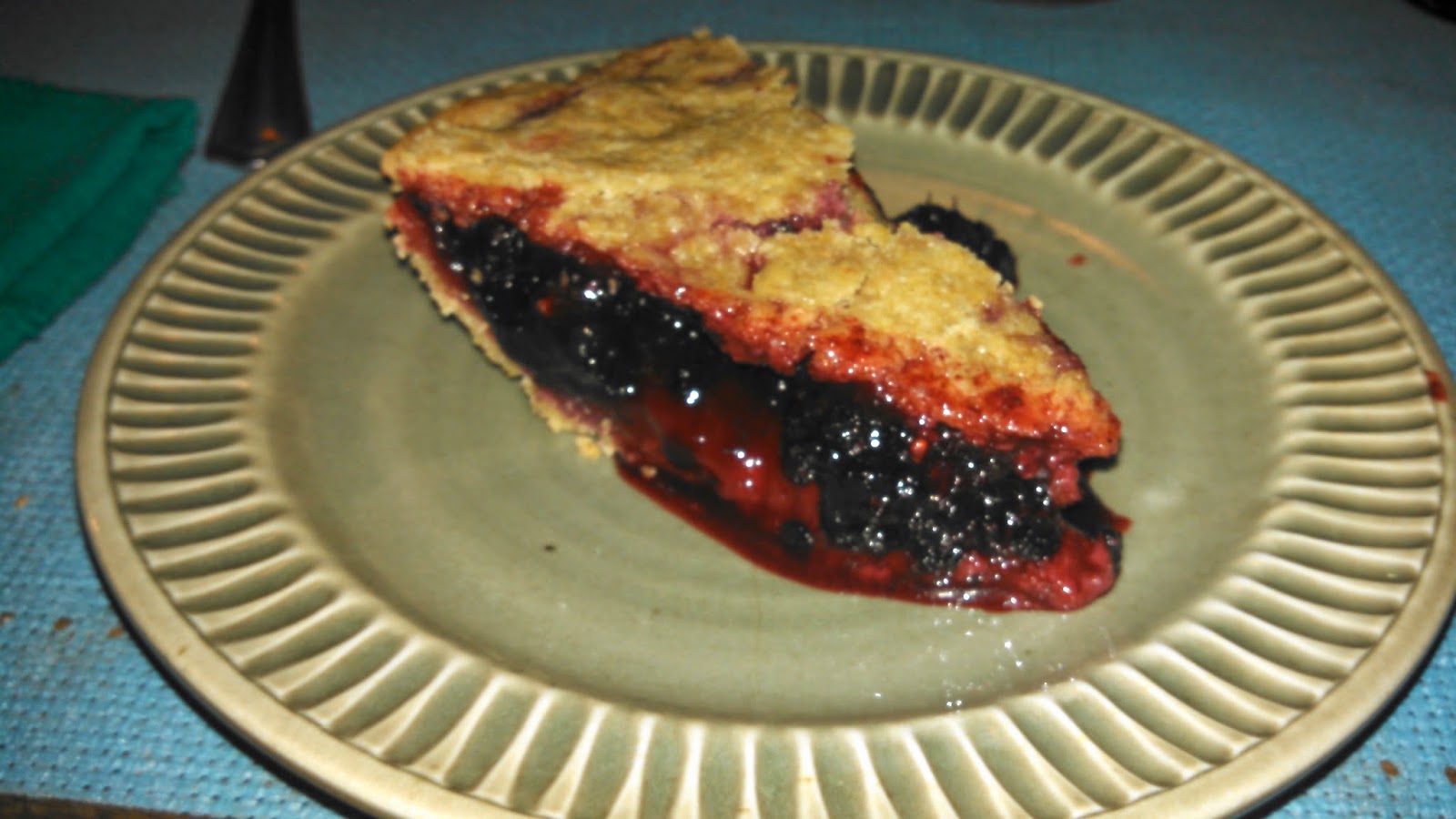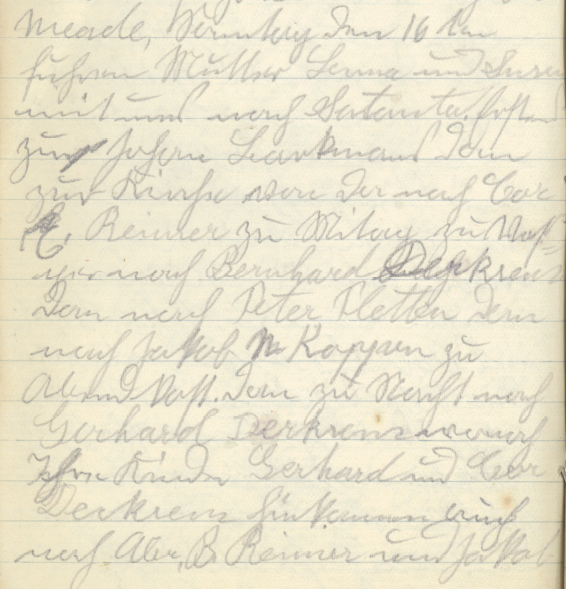March
8, 1930 Margaret Reimer and I celebrated
our engagement. The guests who were
present were John J. Reimers, K. H. Reimers, P. F. Rempels, H. H. Reimers, John
H. Reimers, C. Dalkes, Johan Bartels and daughters Katie, Mary, and Anna; K. B.
Reimers, Elisabeth and Katharine, Uncle Barkman, Helena Reimer, and Susie.
Mennonites followed an old European
tradition of having a formal engagement ceremony two weeks before the wedding,
which was called a Felafniss in Low
German or Verlobung in High German. In Europe this had been a legal requirement,
but in North America getting a marriage license from the state was the legal
requirement. Traditionally, the
engagement was announced at the Sunday worship service and then after dinner
the relatives and friends would gather at the home of the groom’s parents for a
ceremony conducted by the elder or a preacher.
After the ceremony, the family would serve faspa to all the guests.
However, Cornelius and Margaret
were engaged on a Saturday and married twelve days later, on a Thursday. Based on other engagements and weddings at
Meade that Cornelius noted in his diary, it seems that a fair number of the
couples were not engaged or married on Sunday, so there is probably nothing
significant about them choosing to do it on a day other than Sunday. Cornelius’ travel schedule in coming from
Manitoba to collect his bride may have had something to do with it.
The guests at the engagement were
John J. and Maria Reimer (a preacher
of Meade Kleine Gemeinde and Margaret’s cousin and a favorite preacher of the
Siemens in later years)
Klaas H. and Helena Reimer (Margaret’s
brother)
Peter F. and Aganetha Rempel (Margaret’s
sister)
Heinrich H. and Margaretha Reimer
(Margaret’s brother)
Johann H. and Katharina Reimer (Margaret’s
brother)
Cornelius and Anna Dalke (Margaret’s
sister)
Johann F. and Maria Bartel (Margaret’s maternal aunt)
Their three single daughters
Katharina, Maria, and Anna
Klaas B. and Aganetha Reimer (Margaret’s
paternal uncle and future parents-in-law to their son Corney)
Their single daughters Elisabeth
and Katharina
Martin B. Barkman (Margaret’s maternal
uncle)
Helena H. Reimer (Margaret’s
sister)
Susana Reimer
Of course, his future mother-in-law, Katharina Reimer, was there too as the hostess. Notice that Cornelius did not have a single relative
there, but the Reimers seem to have accepted him well based on the guests at the engagement and the number of relatives that Cornelius visited during his few weeks in Meade. Rev. John J. Reimer doubtless conducted the
engagement ceremony.
After the ceremony, they would have eaten faspa.
To serve a large crowd, the meal would have been simple. We can only guess at the menu, but it would
have been something like soup, tweebacks
with cheese, moos, and cookies. Not every family would have had cheese, but
the Reimers could afford that.

















































